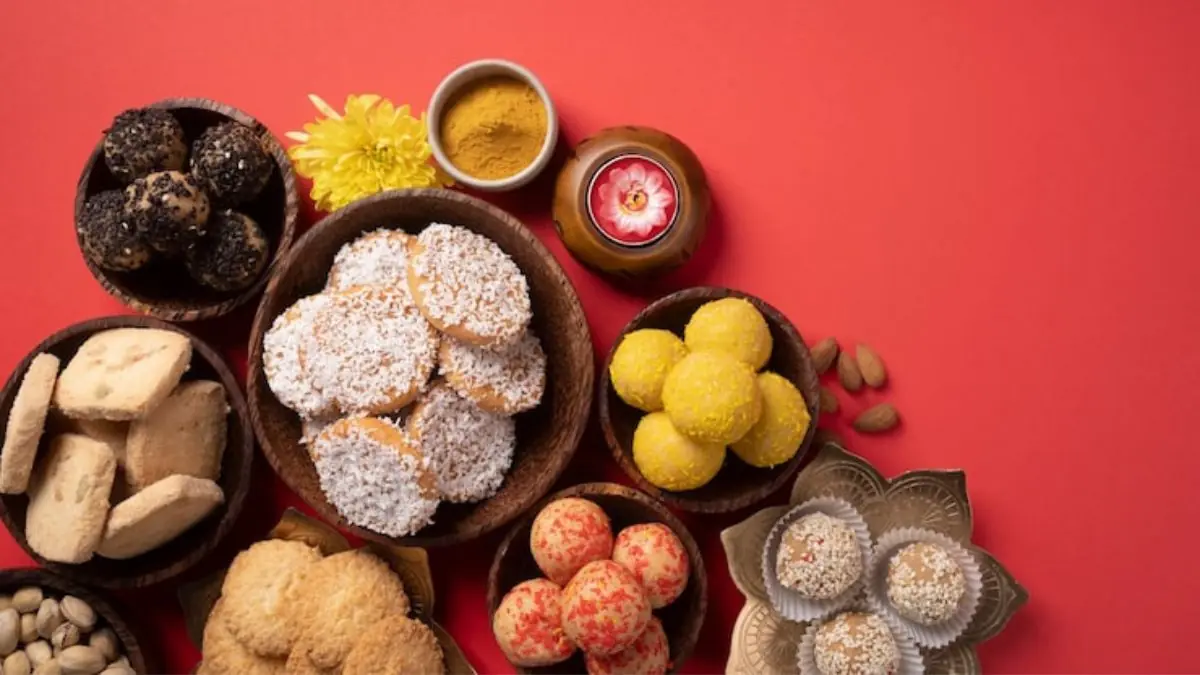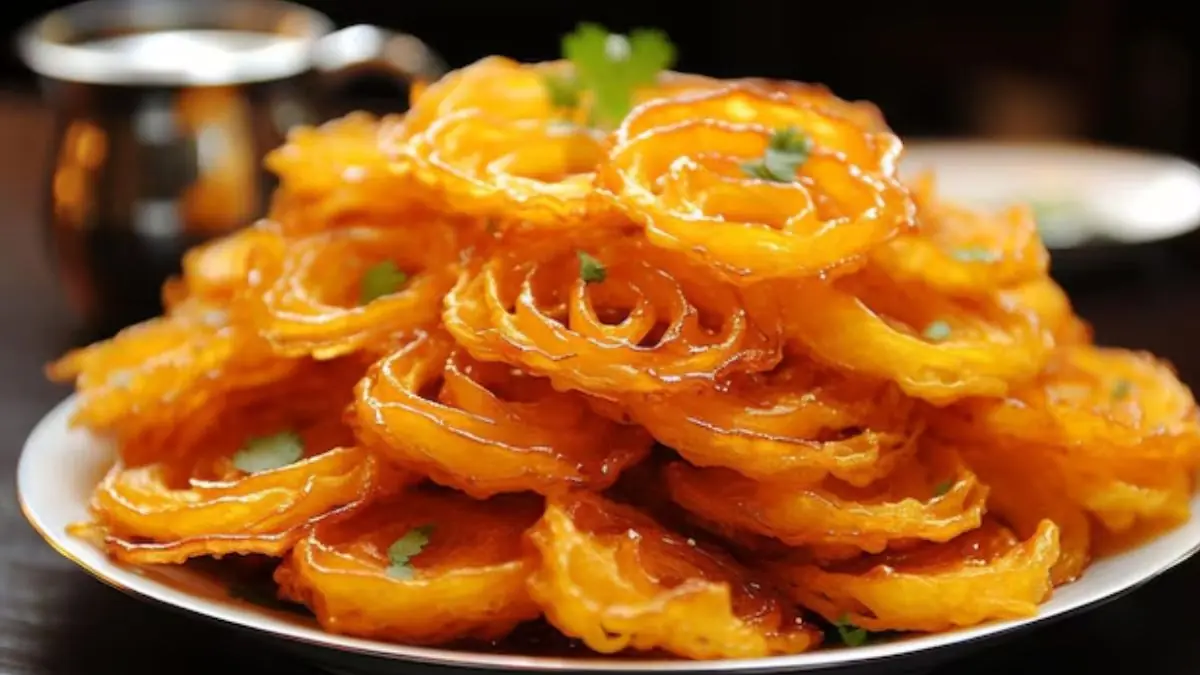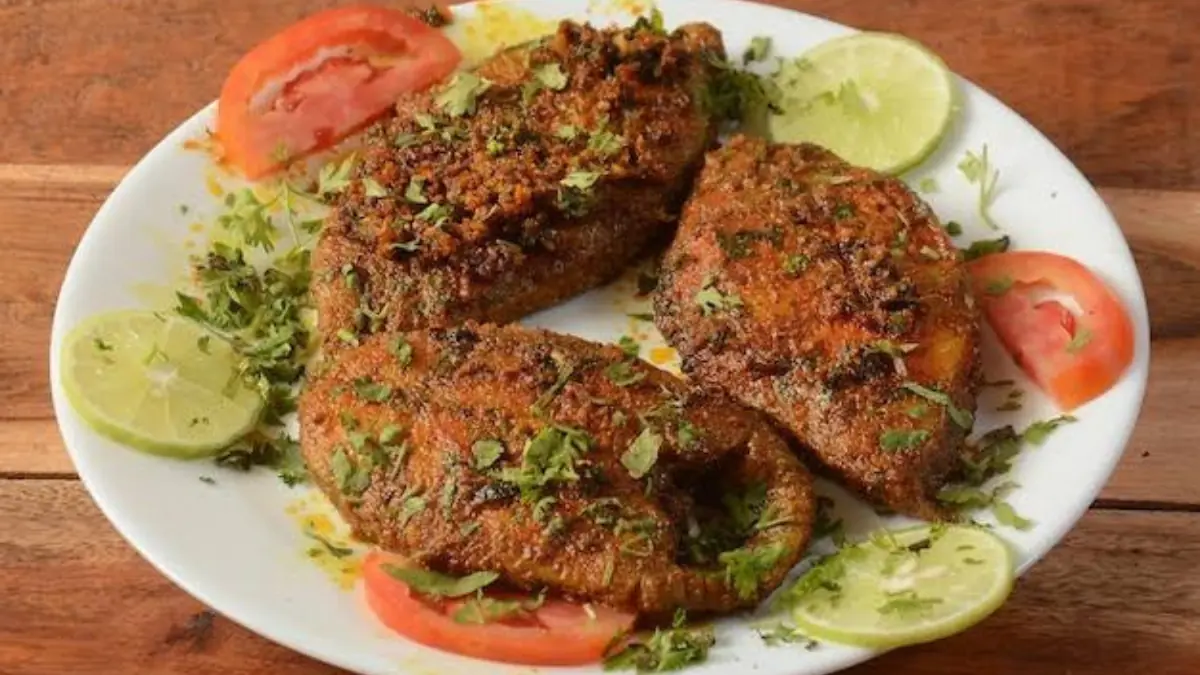Durga Puja Beyond Bengal: How Food Traditions Travel With Bengalis
Durga Puja Beyond Bengal: How Food Traditions Travel With Bengalis

Durga Puja is one of the most important festivals for Bengalis, and its reach has long extended beyond West Bengal. As communities moved to different parts of India, they carried their customs, celebrations, and food with them. The rituals remain central, yet food has become one of the strongest ways of expressing identity and belonging. This article explores how these traditions have travelled and adapted, showing how food helps keep Durga Puja meaningful for Bengalis everywhere.
Durga Puja was once celebrated mainly in West Bengal and in parts of Bangladesh, but it is now visible in almost every major Indian city. As Bengalis moved for work, education, and business, they carried the festival with them. Community groups began organising pujas in places like Delhi, Mumbai, Bangalore, and Pune. These gatherings are not limited to rituals and worship. They also involve food that reflects the spirit of the festival. Khichuri, labra, and payesh have become central to the celebrations even in cities far from Bengal. From bhog served at community pandals to special meals cooked in homes, Bengali food traditions have created strong cultural connections across Indian cities. The availability of these dishes during the festival creates a sense of continuity for those who live outside their home state.
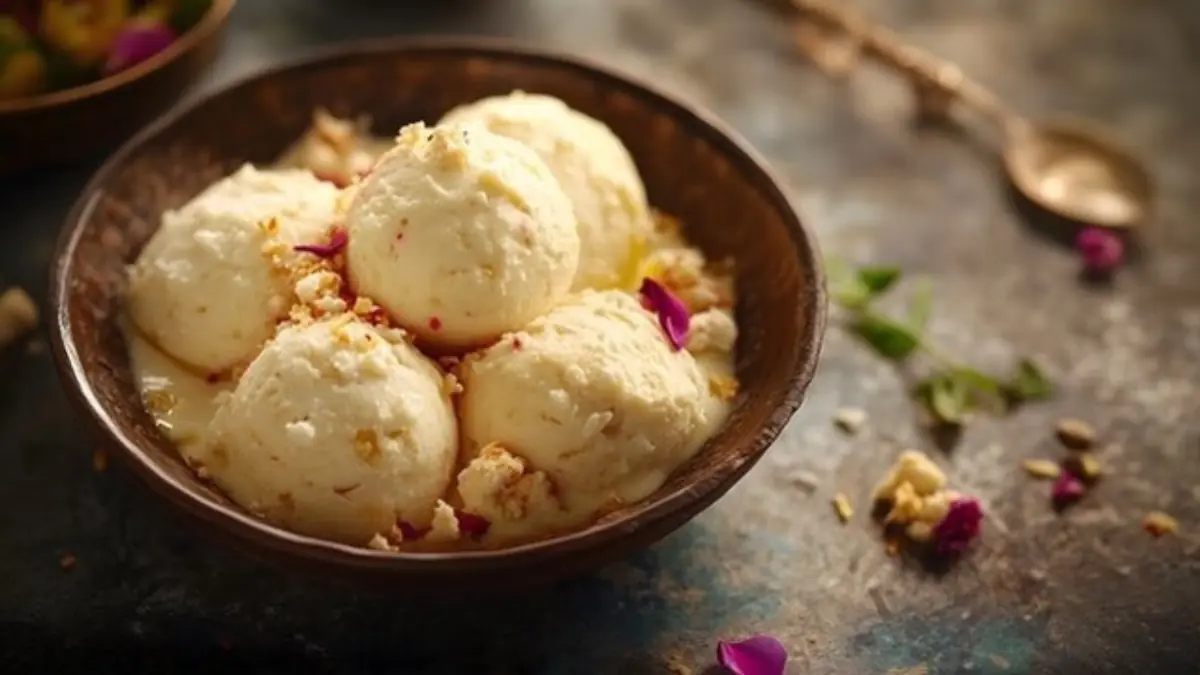
The Role of Bhog in Community Pandals
The most recognisable food tradition of Durga Puja is the bhog served at pandals. The typical bhog plate includes khichuri, labra made with mixed vegetables, begun bhaja, chutney, and payesh. In Bengal, this food is cooked in large quantities and served to devotees after the daily puja. When Bengalis began to celebrate Durga Puja in other Indian cities, this practice travelled with them. Today, bhog is served in large community spaces across the country. Volunteers prepare and distribute it, often working through the night to ensure the food reaches thousands of visitors. The shared experience of eating bhog has become a symbol of community bonding.
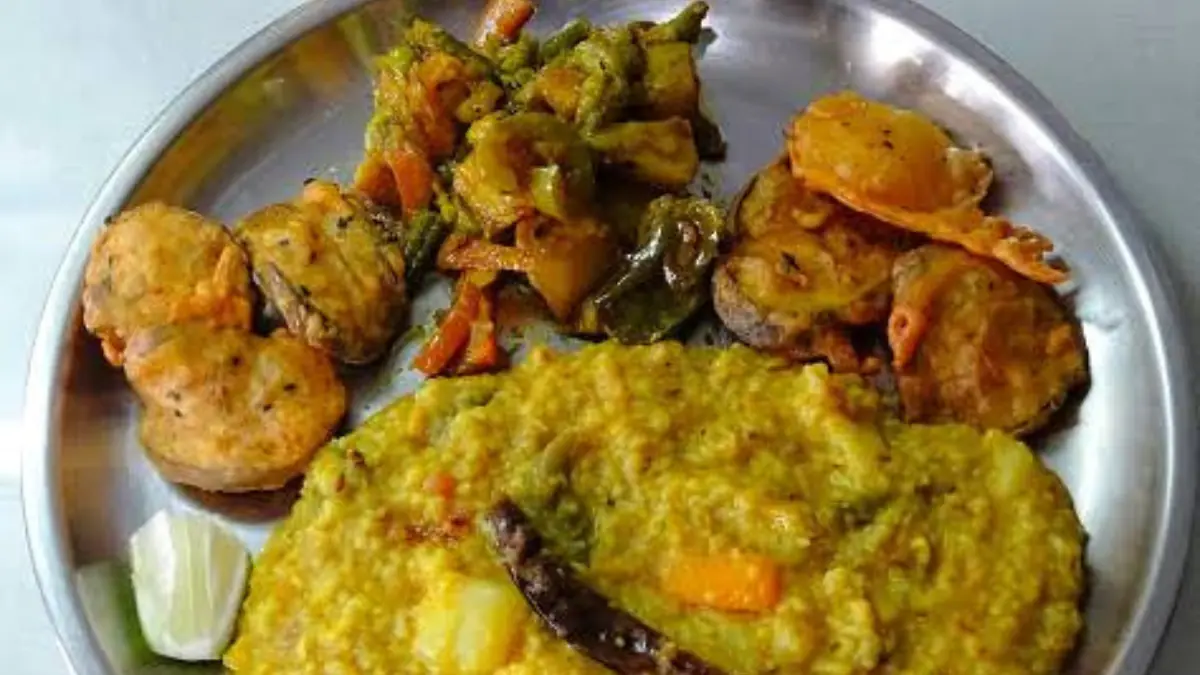
Bengali Restaurants and Catering During Puja
Durga Puja season also creates high demand for Bengali food in cities outside Bengal. Restaurants run by Bengalis design special Puja menus that feature classic dishes such as kosha mangsho, chingri malai curry, mochar ghonto, and mishti doi. In places like Delhi and Bangalore, caterers also supply food for community pujas, since not every pandal has the resources to cook in large volumes. These food businesses have grown steadily with the increasing popularity of Durga Puja in urban centres. In many ways, they provide a taste of home for those who cannot travel back to Bengal during the festival.

Adaptations to Local Ingredients and Tastes
While the core dishes remain the same, adaptations have also taken place. In Maharashtra, pandals sometimes use local vegetables in labra or substitute jaggery for sugar in payesh. In southern cities, the use of coconut becomes more common, and fish dishes may include local varieties not usually eaten in Bengal. These changes are practical because ingredients vary by region, but they also show how traditions can stay relevant in new environments. Food remains central to the celebration, even when recipes shift slightly to fit what is available locally.
Home-Cooked Meals and Family Gatherings
Alongside community celebrations, food at home plays a very important role. Many families prepare elaborate meals during the five days of Puja. Dishes such as luchi with alur dom, shukto, fish curries, and different sweets are cooked and shared with relatives and friends. For Bengalis living outside their home state, these meals provide comfort and strengthen family bonds. The act of cooking together and eating traditional food reminds families of their roots, even when they are living in new surroundings. For younger generations who may not have lived in Bengal, these meals serve as an introduction to their cultural heritage.
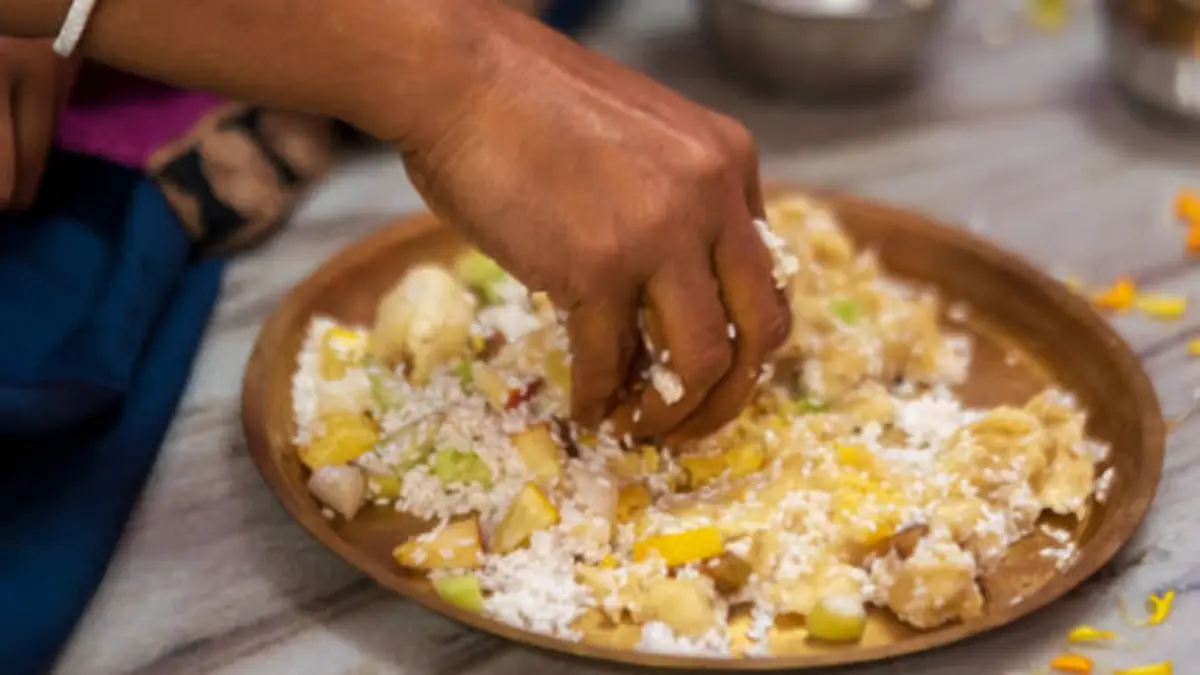
Food as a Tool of Cultural Identity
Durga Puja has grown into a cultural event that extends beyond religious practice. Food has become one of the strongest ways for Bengalis to express identity during the festival. In cities like Delhi and Pune, non-Bengalis also attend pandals to enjoy the food. Khichuri and payesh are now recognised dishes even among those who are not from Bengal. This shows how food traditions linked to Durga Puja have helped Bengali culture gain visibility across India. The meals served during the festival act as a bridge, allowing communities to share their heritage with others.
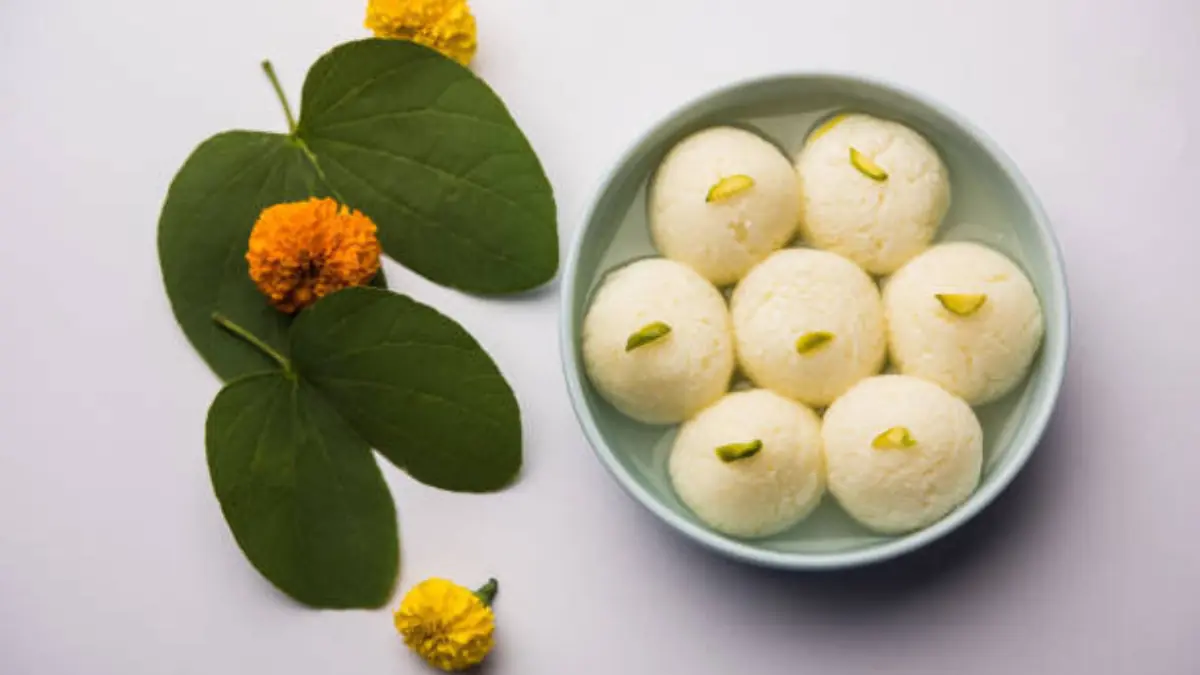
The Growth of Puja in Indian Cities
The scale of Durga Puja in cities outside Bengal has increased over the years. Large pandals attract thousands of visitors daily, and food remains a key attraction. In places like Mumbai, pujas organised by Bengali associations often involve celebrity visits, cultural programmes, and food stalls selling authentic dishes. The event has grown into a city-wide celebration where food draws people from different backgrounds. This growth reflects how Bengali traditions have found a strong place in India’s cultural landscape.
Durga Puja is deeply rooted in Bengal, but its food traditions have travelled wherever Bengalis have settled. Bhog at pandals, festive menus at restaurants, adaptations to local ingredients, and family meals have all become important parts of how the festival is experienced across India. For Bengalis living outside their home state, food remains a vital link to their identity and culture. For others, it offers an opportunity to engage with Bengali traditions and enjoy the diversity of Indian food. The spread of these practices shows how culture can move across regions and still remain connected to its origins.




